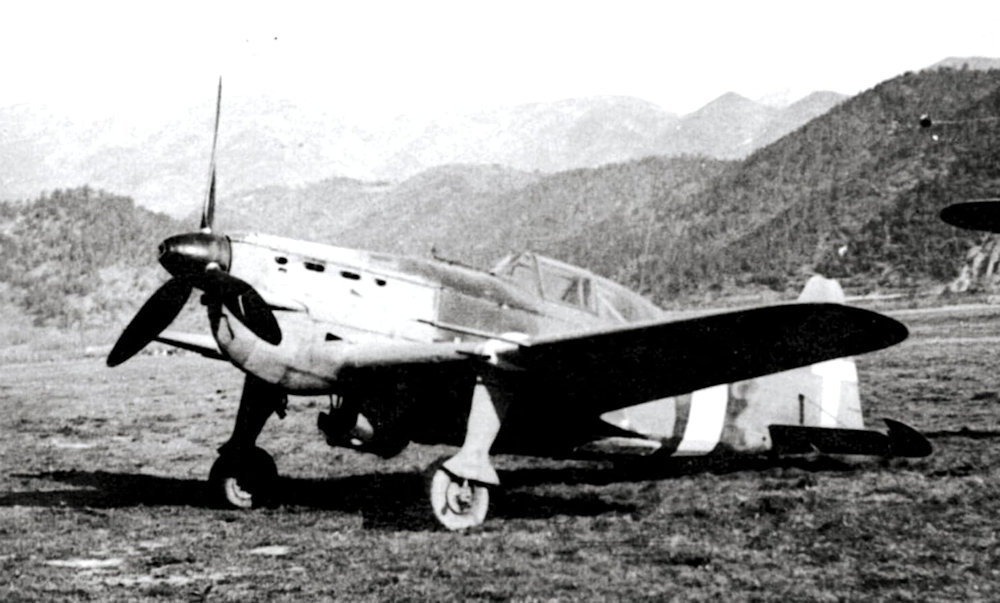Morane-Saulnier M.S.406 In Italian Service
The Morane-Saulnier M.S.406, France’s principal fighter at the outbreak of World War II, saw limited but intriguing postwar service in several countries, including Italy. Its use by the Regia Aeronautica (Royal Italian Air Force) was not the result of purchase or alliance, but rather of circumstance. After France’s armistice with Germany in June 1940, several examples of the M.S.406 and its derivative, the M.S.410, fell into Italian hands. These aircraft were subsequently evaluated, briefly operated, and later used for training and technical experimentation, providing Italy with valuable insight into contemporary French aviation design.
Following the Franco-Italian armistice of 24 June 1940, Italy gained control of several airfields and depots in southern France, particularly in the Rhône Valley and along the Mediterranean coast. Among the matériel captured or transferred under Axis coordination were a small number of Morane-Saulnier fighters—sources generally cite between 12 and 25 aircraft—including both operational M.S.406s and airframes under repair or assembly. These were taken over by the Regia Aeronautica, often still carrying French markings. The Italian authorities quickly arranged for the aircraft to be ferried to test and maintenance centres in northern Italy, primarily Guidonia, Lonate Pozzolo, and Grottaglie, where captured Allied aircraft were systematically evaluated.
The Regia Aeronautica’s primary interest in the M.S.406 was technical assessment rather than operational deployment. By 1940, Italy already fielded several modern fighters—the Macchi C.200 Saetta, Fiat G.50, and Reggiane Re.2000—whose performance was comparable to or superior to that of the French design. Nonetheless, the Morane was of interest because it reflected a different design philosophy: a lightweight, manoeuvrable airframe with a Hispano-Suiza 12Y-31 liquid-cooled inline engine, contrasting with Italy’s reliance on air-cooled radial powerplants. Italian engineers studied the M.S.406’s armament installation—a 20 mm cannon firing through the propeller hub—and its retractable radiator and mixed wood-metal structure, which offered lessons for ongoing Italian development work.
Several aircraft were test-flown at the Centro Sperimentale Volo (Experimental Flight Centre) at Guidonia during late 1940 and 1941. Italian test pilots recorded that the Morane had pleasant handling qualities and excellent manoeuvrability but was underpowered and sluggish in climb, confirming the impressions of both French and German pilots. The Hispano-Suiza engine was unfamiliar to Italian ground crews, complicating maintenance, and spare parts were scarce. A few examples were reportedly used as advanced fighter trainers or conversion trainers, familiarizing pilots with inline-engine characteristics in preparation for the adoption of newer types such as the Macchi C.202 Folgore.




